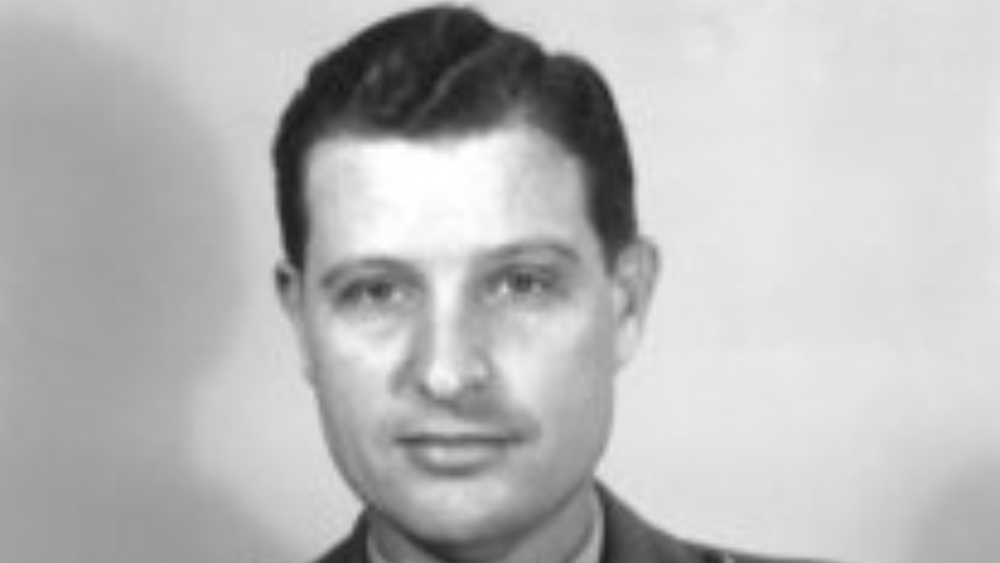Jack Hawkins was a distinguished Marine Corps officer whose service spanned three major conflicts—World War II, the Korean War, and the Cold War. His remarkable career was defined by his courage, strategic acumen, and commitment to his country. From his early days at the U.S. Naval Academy to his involvement in the controversial Bay of Pigs Invasion, Hawkins’ legacy remains one of resilience and dedication.
Early Life and Military Beginnings
Jack Hawkins was born on October 25, 1916, in Texas. His journey toward military service began at an early age, and he pursued this calling by attending the U.S. Naval Academy, graduating in 1939. This was a disturbed time in world history, as tensions were escalating toward what would become World War II. Hawkins’ graduation placed him among the ranks of young officers who would soon find themselves thrust into the global conflict.
World War II: A Test of Endurance and Valor
The military assigned Hawkins to the Fourth Marines in the Philippines, where he endured the harrowing early days of World War II. In May 1942, after the Battle of Corregidor, the Japanese captured him along with many American and Filipino troops who had defended the islands.
Hawkins endured a grueling time as a prisoner of war (POW) but remained determined to escape. After enduring eleven months of captivity, he managed to break free and join a guerrilla resistance force. His bravery and leadership in the fight against Japanese occupation earned him the Distinguished Service Cross, one of the highest military decorations for valor. His escape and subsequent actions in guerrilla warfare demonstrated his resilience and commitment to the fight for freedom.
The Korean War: Leadership in Combat
After World War II, Hawkins continued to serve in the Marine Corps. When the Korean War erupted in 1950, he was given command of a Marine battalion. He played a crucial role in two of the war’s most pivotal operations: the Inchon Landing and the Battle of Chosin Reservoir.
The Inchon Landing, led by General Douglas MacArthur, was a daring amphibious assault that turned the tide of the war in favor of the United Nations forces. Hawkins’ leadership in this operation was instrumental in securing a critical victory.
Furthermore, the Battle of Chosin Reservoir, fought in brutal winter conditions, was one of the most grueling engagements of the war. Surrounded by a numerically superior Chinese force, U.S. and allied troops, including Hawkins’ battalion, fought with extraordinary tenacity to break out of the encirclement. His actions in these battles earned him the Silver Star, a decoration awarded for gallantry in combat.
A Career in Strategy and Planning
In 1955, Hawkins was promoted to full colonel. His experience in amphibious warfare and guerrilla tactics made him a valuable asset in military planning and instruction. He trained officers in amphibious landings at Quantico, Virginia, showcasing an expertise that later influenced Cold War operations.
Additionally, his strategic insight led to his involvement with the Central Intelligence Agency (CIA) during the early 1960s. His extensive knowledge of amphibious assaults and unconventional warfare led to his selection to help train and plan the influential Bay of Pigs Invasion in April 1961.

The Bay of Pigs Invasion: A Controversial Mission
The Bay of Pigs Invasion was a covert operation aimed at overthrowing Fidel Castro’s regime in Cuba. Hawkins played a key role in training Cuban exiles who were to carry out the amphibious landing. However, miscalculations, insufficient air support, and an underestimation of Cuban defenses plagued the operation. The invasion ultimately failed, resulting in the capture of most of the anti-Castro fighters.
Moreover, Hawkins’ involvement in the mission remains a controversial chapter in his career. While he was a skilled military strategist, the political and logistical challenges of the operation led to its downfall. Despite the setback, Hawkins’ contributions to Cold War military planning were significant, reflecting his continued dedication to national security.
Jack Hawkins: Retirement and Legacy
After a career marked by courage and service, Hawkins retired from active duty in 1965. Though he stepped away from military operations, his legacy endured through his contributions to military strategy and his exemplary record of valor. Jack Hawkins passed away on May 17, 2013, and Arlington National Cemetery laid him to rest in Section 22, Site 603. It was a fitting final resting place for a man who dedicated his life to defending his country.
Conclusion
Jack Hawkins’ life was a testament to bravery, resilience, and unwavering service. He endured captivity in World War II, led troops in Korea, and played a role in Cold War military operations. His career spanned some of the most defining moments of the 20th century. His legacy is a testament to the sacrifices made by those who serve in the armed forces. Their dedication ensures the freedoms and security that Americans enjoy today.










